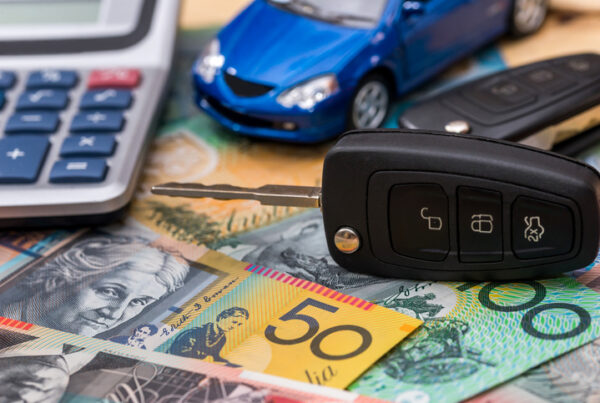Last September, Indonesia inaugurated its first EV battery factory, also the first in Southeast Asia. Powered by renewable energy, this factory is located in the Central Sulawesi province, at the Neo Energy Morowali Industrial Estate.
This project is a joint venture between the Indonesian government and Korean auto brands Hyundai and LG. The cost of building this factory amounted to 1 million USD or around 1.5 million AUD.
Airlanggo Hatarto, Indonesia’s Coordinating Minister for Economic Affairs, confirmed this factory is part of its efforts to further the country economy with the “critical minerals downstream policy.” According to SAUR Energy International, this policy “aimed at enhancing national economic competitiveness and promoting environmentally friendly technology.”
According to reports, Indonesia intends to import processed nickel from South Korea and China to create its batteries. This move is unexpected, as Indonesia itself is one of the world’s top processed nickel exporters. Even with the presence of cheaper EV battery alternatives in China, Indonesia is keen on producing lithium-ion EV batteries, which uses nickel as a key component. Lithium-ion EV batteries are said to perform better when processed with higher concentrations of nickel. Properly processed nickel has higher energy density, allowing for longer-lasting EVs and lengthier drives. Thus, nickel’s demand rises as the global march towards EV progresses.
INDONESIA’S GOALS
The completion of this factory is reflective of Indonesia’s aims to become a global powerhouse for EV battery manufacturing. During the inauguration of the factory, Hatarto was quoted to have explained: “Successful downstream processing of nickel has significantly boosted the export value of nickel derivatives, rising from 4.31 billion U.S. dollars in 2017 to 34.44 billion U.S. dollars in 2023.” Indonesia is currently one of the world’s top nickel exporters.
It is clear that Indonesia is keen on maximising this facility and answering a global demand for production of EV batteries. The factory is projected to produce a capacity of around 210 GWh per year. The factory’s high-pressure ore smelter will also increase the country’s mixed hydroxide precipitate (MHP) by 120,000 tons.
Southeast Asia had been previously touted by BloombergNEF as a burgeoning global production hub for EVs. Now that Southeast Asia has its first EV battery factory, Indonesia may see its goals come to fruition.
Was this article informative? Leave us a like!



















